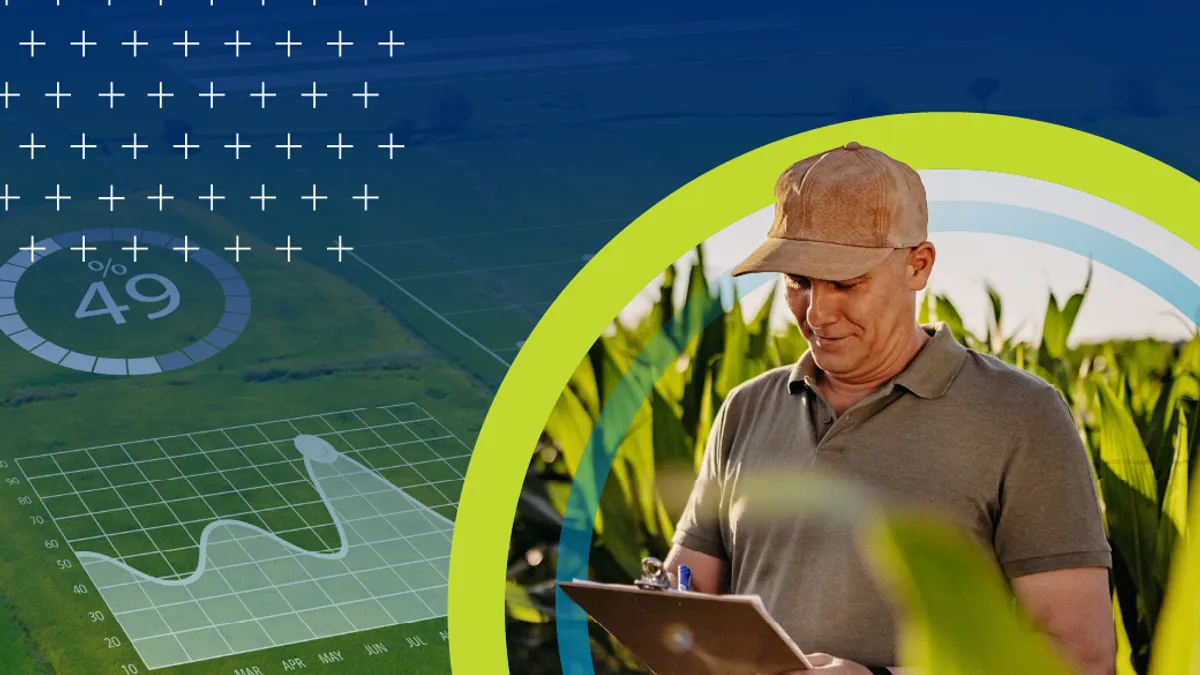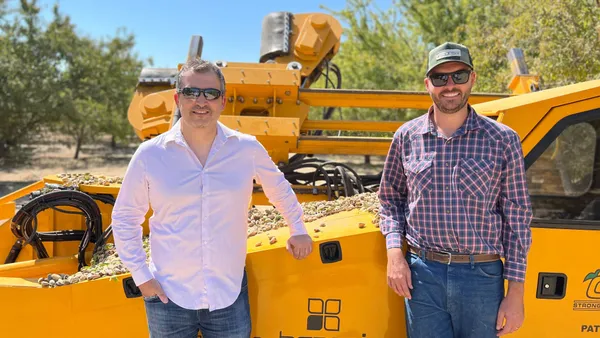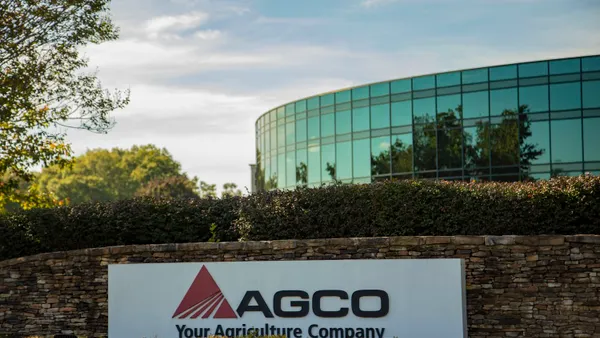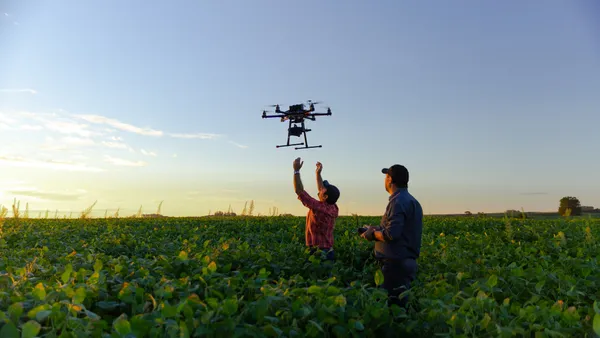With challenges like rising production costs, labor shortages, a focus on sustainability, and climate change, agriculture needs scalable, innovative solutions. According to the United States Department of Agriculture (USDA), digital agriculture, including digital twins and generative AI, may have a significant role to play in addressing these challenges.
It’s a rapidly growing industry with exciting capabilities. For example, the market size for AI in agriculture in the U.S. is projected to increase from $1.7 billion in 2023 to $4.7 billion by 2028.
Vivian Tai, Director of Innovation with GS1 US, a not-for-profit global standards organization, believes the swift advancement and adoption of Internet of Things (IoT) sensors and related technologies have created fertile ground for this kind of explosive growth. “Now, there are sensors that monitor, in real time, everything from soil conditions, water consumption, and animal health to pest activity, equipment malfunctions, and weather patterns,” she says. Agronomists and farmers can now have access to an unprecedented amount of digital data about real-world farms.
What this means is that digital data points that represent physical objects on the farm create a digital twin. According to Tai, “By having a whole new set of data points and digital representation of physical objects on the farm, we can create robust digital twins. When a farmer can leverage globally unique identification to assets and locations, they can reap the benefits of digital twins for day-to-day decision making.” Digital twins provide detailed, real-time simulations of farm environments that let researchers explore scenarios and evaluate their performance, cost, and other sustainability metrics on virtual systems.
They let farmers experiment with and fine-tune strategies on a virtual simulation before changing actual farm environments or animals. As a result, this can help farmers mitigate risk, save money, and ultimately grow their business.
For example, Union Farms, a leading pork producer in Nebraska, uses GS1 Standards to connect aspects of the physical world with their digital twins. They use the Global Trade Item Number® (GTIN®) to identify each of its pigs and the Global Location Number (GLN) to pinpoint their locations. GTINs can also be used to identify a specific crop, with the GLN being used to locate the field where the crop grows.
These digital data points allow a farm’s products to be tracked at every point from farm to table. “Another benefit is the ability to collect metrics on how farming operations use and impact water, energy, land, and air. This can ultimately provide a deeper understanding of sustainability and environmental impact,” says Tai.
To accomplish this, Union Farms uses IoT sensors that leverage GS1’s Electronic Product Code Information Services (EPCIS) standard, which creates and shares visibility event data, to monitor its feed crops and animals. Sensors measure details such as water usage, soil moisture content, and fertilizers used to monitor carbon sequestration practices and achieve the farm’s goal of carbon neutrality. By earning carbon credits, the farm makes more profit per acre.
Similarly, in Brazil, EPCIS is used in an effort to meet zero deforestation in Brazilian cattle supply chains. About 50% of the agricultural products exported from Brazil to the European Union (EU), especially beef and soy, are linked to deforestation and forest degradation. As a result, an EU law was enacted requiring companies selling products in the EU to prove their products are deforestation-free. According to the European Commission, the law says that companies must “collect precise geographical information on the farmland where the commodities that they source have been grown so that these commodities can be checked for compliance.”
In response to this law, a Brazilian national protocol for the sustainable production and traceability of beef and leather was produced. The framework uses EPCIS to ensure visibility and share data along the entire supply chain from Brazil to the EU. Two EPCIS concepts are key: Critical Tracking Events (CTEs) define the events an object undergoes during its lifecycle, and Key Data Elements (KDEs) determine the data collected at each CTE and its format.
With data available from IoT sensors, tracking events, and digital twins, as well as datasets like historical weather patterns or soil conditions, a massive, potentially overwhelming amount of data is available to create simulations and provide predictive analytics. According to Tai, this is where Generative AI (GenAI), another significant trend in digital agriculture, can offer groundbreaking innovation. “By analyzing these massive datasets, Gen AI can help farmers make more informed predictions and decisions as well as mitigate risks, such as pests, disease, and weather,” she says. GenAI can help farmers optimize their use of resources and gain higher yields, creating a more resilient food system while limiting their environmental impact.
What’s significant about GS1 Standards for captured data is that they help you identify, understand, and use the information in a way that is globally understood.
Tai says having real-time insights and data-driven decisions is only valuable when everyone who is receiving data understands what it means. “If you don’t start out using standards, that can become a point of friction, where different parties using different systems have to spend huge amounts of effort to use the data.”
Innovations like digital twins and GenAI can help farmers tackle some significant challenges. Digitizing the farm ecosystem and tracking critical events can unlock new capabilities to understand and use historical and current data to mitigate risk, become more resilient, and enhance sustainability. However, AI tools and emerging technologies are only as accurate as the data you plug into them. To make the most of these capabilities requires a common language, like those offered by GS1 Standards, to identify, capture, and share critical information about the farm that works across different technologies.










